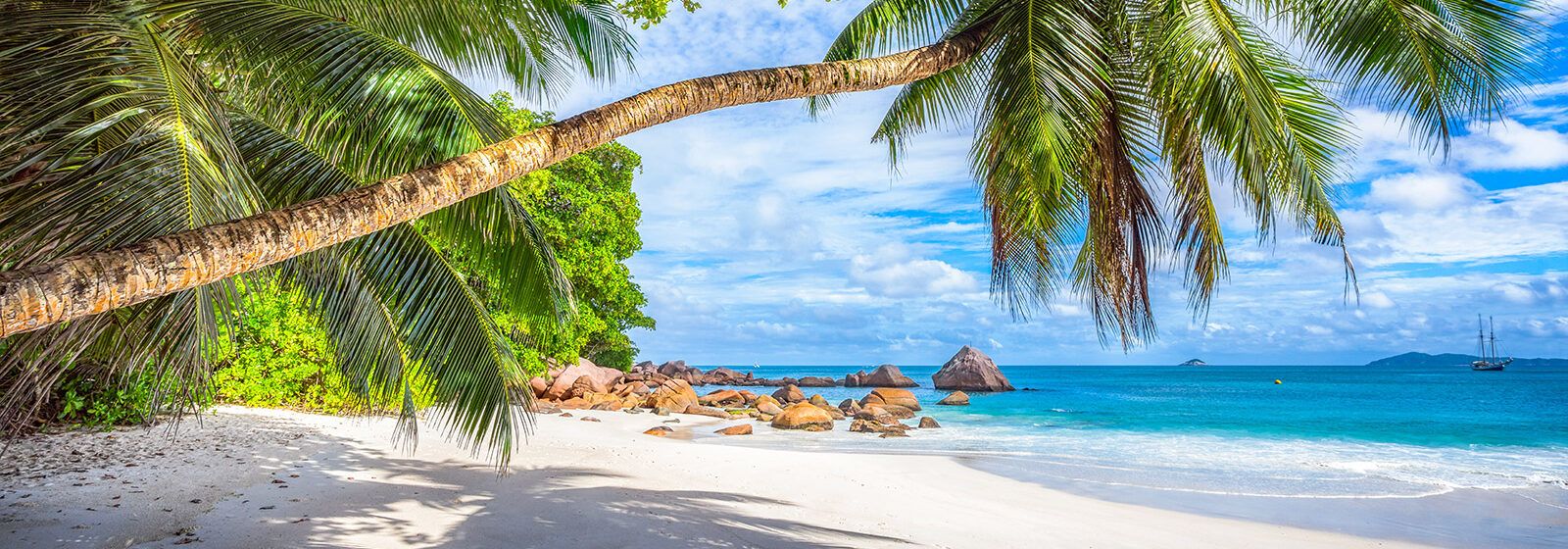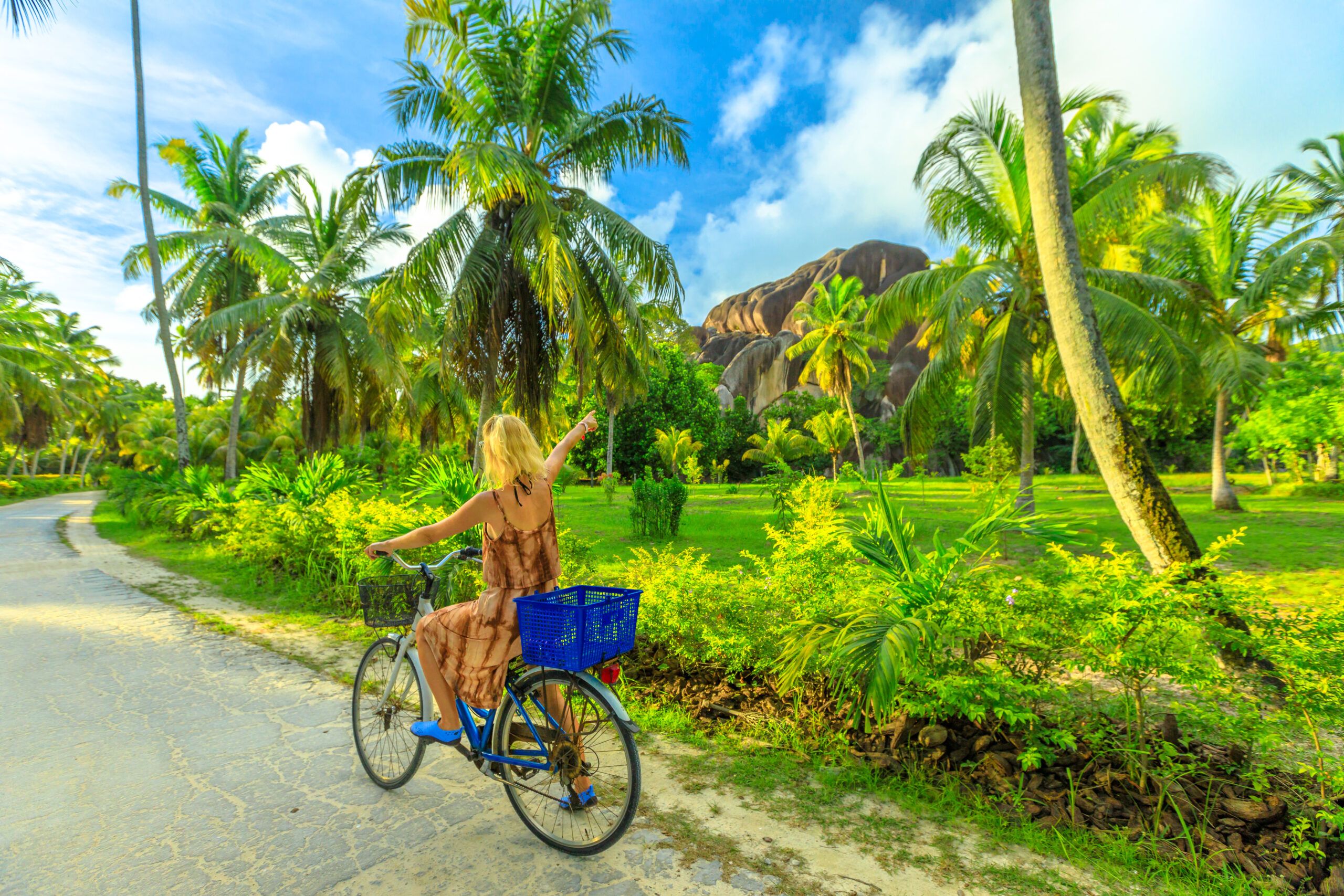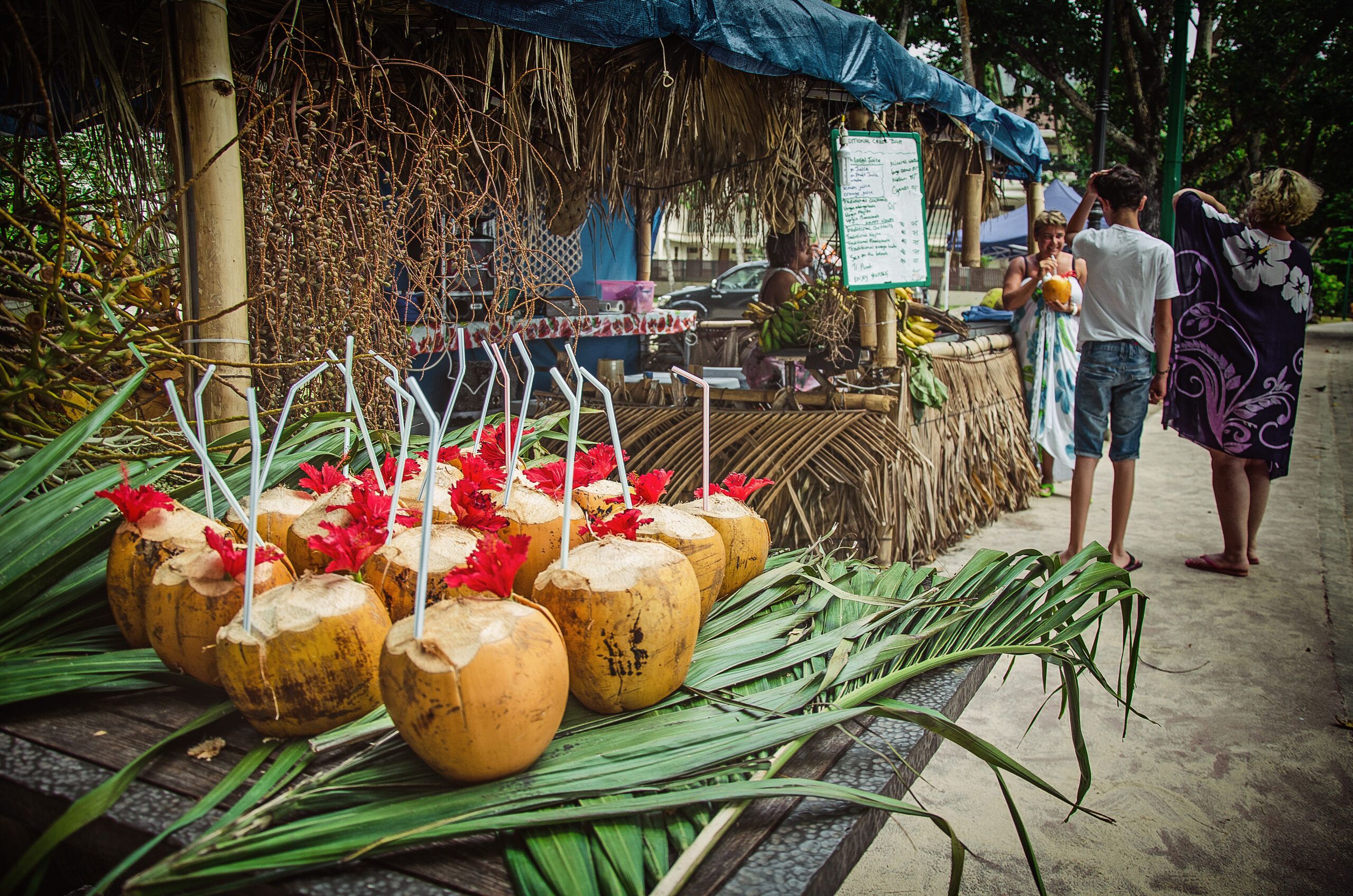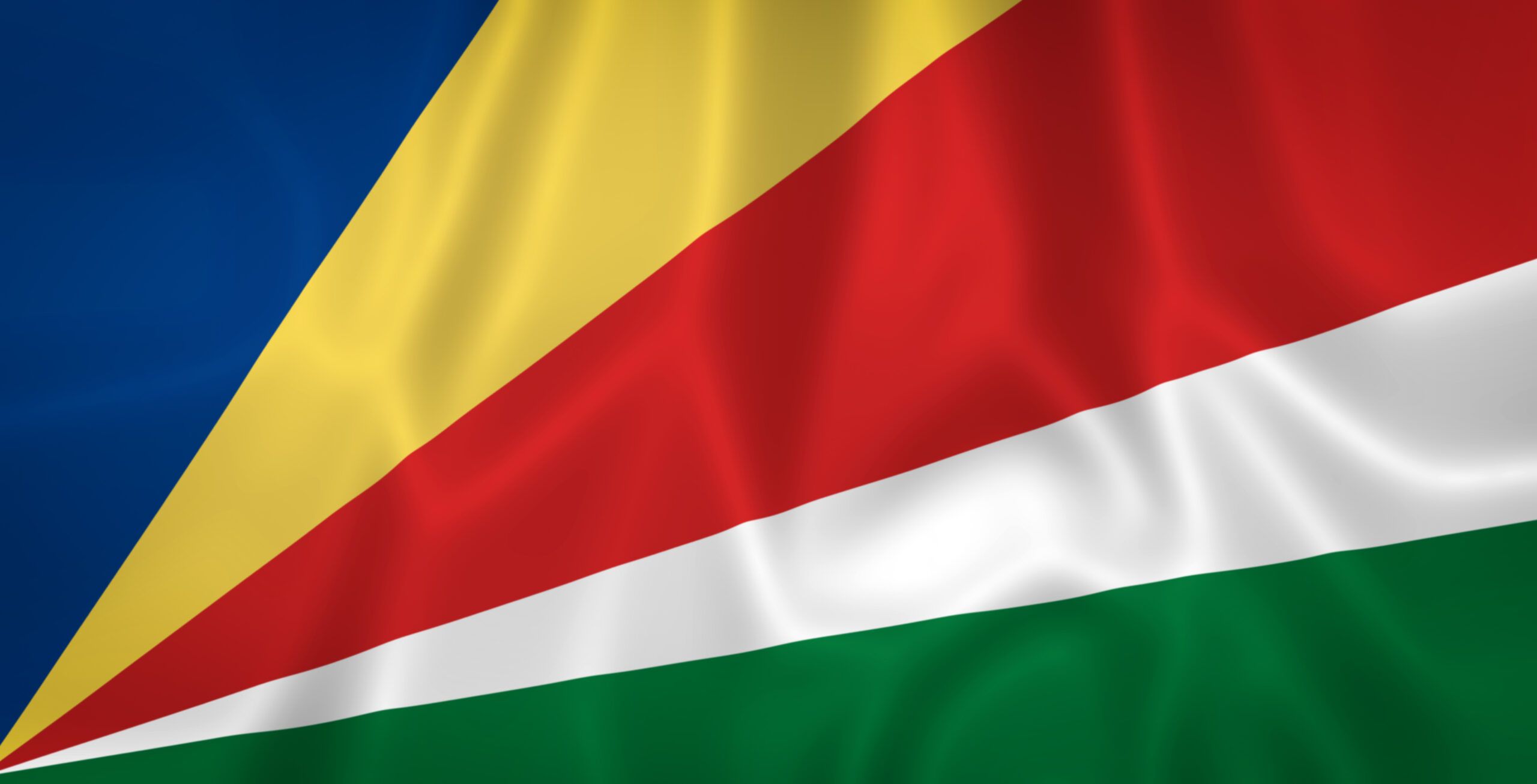
-

Geography
Seychelles is an archipelago of 115 islands dotted across 530,000 sq miles (1,374,000 sq km) of the western Indian Ocean.
The 41 tall, granitic, Inner Islands together make up a total area of 247.2 km2. They cover a total of 54% of the total Seychelles land area where more than 99% of the Seychelles population lives and include the main, and largest, island of Mahé that contains the lion’s share of government infrastructure, services, retail and tourism facilities followed by Praslin, the 2nd largest island and finally La Digue.
The remaining 74 islands are the Outer Islands, chiefly low-lying reef islands, sand cays and, in some cases, spectacular atolls divided into five distinct island groups: Amirantes Group; Southern Coral Group; Alphonse Group; Farquhar Group and Aldabra Group; extending into the ocean in a general south-westerly direction and in a splendid arc heading for the east coast of Africa.
Overall, these islands are situated four to ten degrees south of the equator and between 480 km and 1,600 km off the east coast of Africa.
-

Culture
The Seychellois are a colourful and harmonious blend of different nationalities from across the globe, all of whom have brought something of their own customs and cultures to create a well-integrated, harmonious and vibrant modern island state with a distinct culture enriched from many continents. Where other nations live in fear of their neighbours, Seychelles has successfully woven disparate influences into a live-and let-live philosophy in which harmony has become a way of life.
In Victoria ( the world’s tiniest capital) a Roman Catholic cathedral sits beside an Anglican cathedral, a Seventh Day Adventist Church, a mosque, a Hindu Temple, and halls of worship for several other denominations.
In terms of religious orientation, French Catholicism has proved the most influential, even surviving British rule and popular Mass and other parish feasts are colourful occasions for Seychellois to dress up in their Sunday best and socialise.
The Creole Language, an adaptation of 17th Century French with other words and expressions coming from Africans and Malagasises, is the lingua franca and has been elevated to national language status, earning the same respect that English and French receive. Today, Creole is a written language as well as spoken, resulting in an outburst of creativity in plays, poetry and prose. The Creole culture is today a major attraction for worldwide visitors who want to experience a unique way of life and is showcased every year by the colourful Festival Creole, an animated tribute to everything Creole including the many distinct forms of Creole music, dance, literature and poetry.
Creole architecture is another important cultural aspect of the islands where the designs of some of the grand old houses with their steep roofs represent an architecture adapted for comfortable living in the tropics. Houses have many openings to catch the island breezes. Modern architecture attempts to assimilate traditional styles.
Yet another jewel of the cultural crown is cuisine and Creole gastronomy is born of this spectacular fusion of cultures and offers the subtlety and innovation of French cuisine as well as the piquant flavours and exotic culinary combinations of the East across a fascinating spectrum of textures, tastes, colours and ingredients.
-

Government/Political Landscape
The Republic of Seychelles has a multi-party political system with a President as Head of State and Government. The President heads a cabinet of 14 ministers. The Republic of Seychelles is a member of the United Nations (UN), the African Union (AU), the Commonwealth, La Francophonie, Indian Ocean Commission (IOC), World Trade Organisation (WTO), African Continental Free Trade Area (AfCFTA), Southern African Development Community (SADC) and Common Market for Eastern and Southern Africa (COMESA). It has embassies and high commissions in Paris, New York, Brussels, Addis Ababa, Abu Dhabi, New Delhi, Beijing, Pretoria and London, as well as numerous honorary consulates worldwide.
-

Legal System
The Seychelles legal system is based on English Common Law, the Napoleonic Code and the amended 1993 Constitution. Civil Law is based on the French Napoleonic Code adapted to Seychelles and is known as the Civil Code of the Seychelles. Company Law is based on English Common Law. The highest court is the Court of Appeal. The recently established Commercial Court has the mandate to resolve commercial disputes. The legislative branch is enacted through a National Assembly, which has a total of 35 seats, using a combination of the first-past-the-post system (26 seats) and proportional representation (9 seats).
-

Connectivity
Seychelles International Airport
The Seychelles International Airport (SIA) is the main gateway to the Seychelles islands. The airport serves both international and domestic routes. International routes to and from mainland Europe, Asia, Middle East and Africa are operated by major airlines such as Emirates, Turkish Airlines, Condor, Ethiopian Airlines, Etihad Airways, Qatar Airways and the national airline, Air Seychelles. Domestic operations are also available to the inner and outer islands. With increased airline operators and growing passenger traffic, a total number of 532,724 passengers was recorded in 2021. Considering this figure, major capital projects have been undertaken to expand the overall capacity of the airport in order to accommodate for the influx.
Warehouse area import/export : – 2,850sq. metres
Cold Storage/Freezer: – 6m(L) x 3.6m(H) (-0 A -18°C)
Transit: Allowed
The Seychelles Ports Authority (SPA)
The Seychelles Ports Authority (SPA) is mandated to govern and operate the ports of the country, principally the Port of Victoria. The aim of the Government is to adopt a business-oriented approach towards the running and better management of all imports. The vision of the Ports Authority is to become the most vibrant and competitive port in the region. Its mission is to serve the citizens of Seychelles by responsibly developing and maintaining the facilities to encourage sustainable economic growth and return on investment, while providing modern port facilities that build upon the character and environmental resources of the country. Port Victoria remains the most important industrial fishing, cruise ship & super yacht port in the southwest Indian Ocean, engaging the private sector in port- related developments and maintaining strong collaboration with other ports in the region.
Fishing Port : The industrial fishing port supports the tuna industry by providing adequate transshipment, landing and storage facilities in order to enhance Port Victoria’s competitiveness and processing capabilities.
Mahe Quay: The port facilitates services for domestic and international trade and cruise tourism. The quay connects the locals and visitors with the main islands nearby including Praslin and La Digue. These ferries facilitate the efficient transportation of passengers and goods between the islands in order to support social and economic activities.
Inter- Island Quay: The objectives of the quay is to separate cargo and passenger activities and to improve efficiency, safety and security. Future plans include the development of a mini cruise ship terminal and improve the financial self-sustainability of the jetty.
